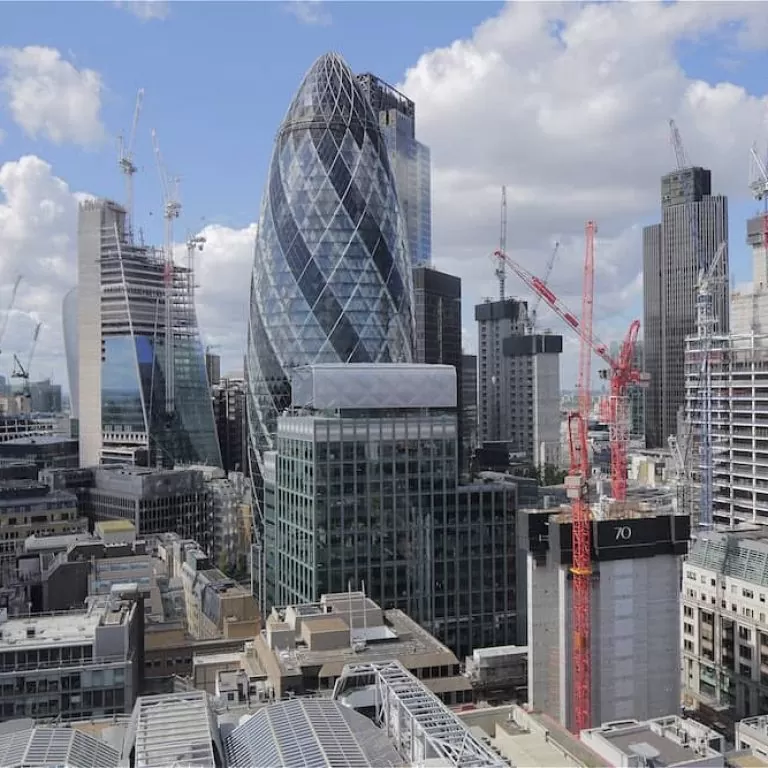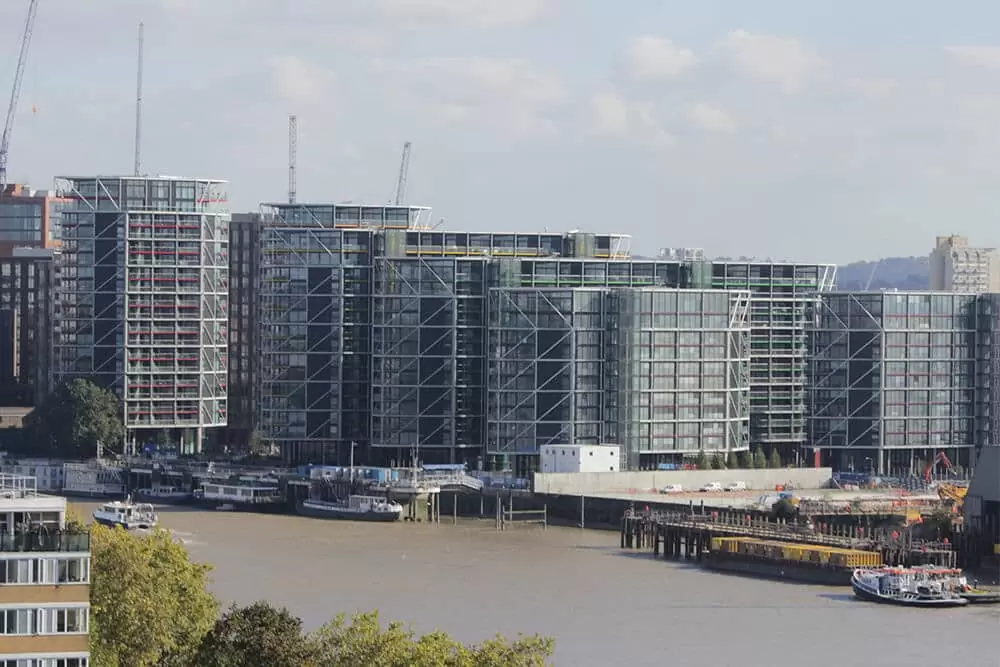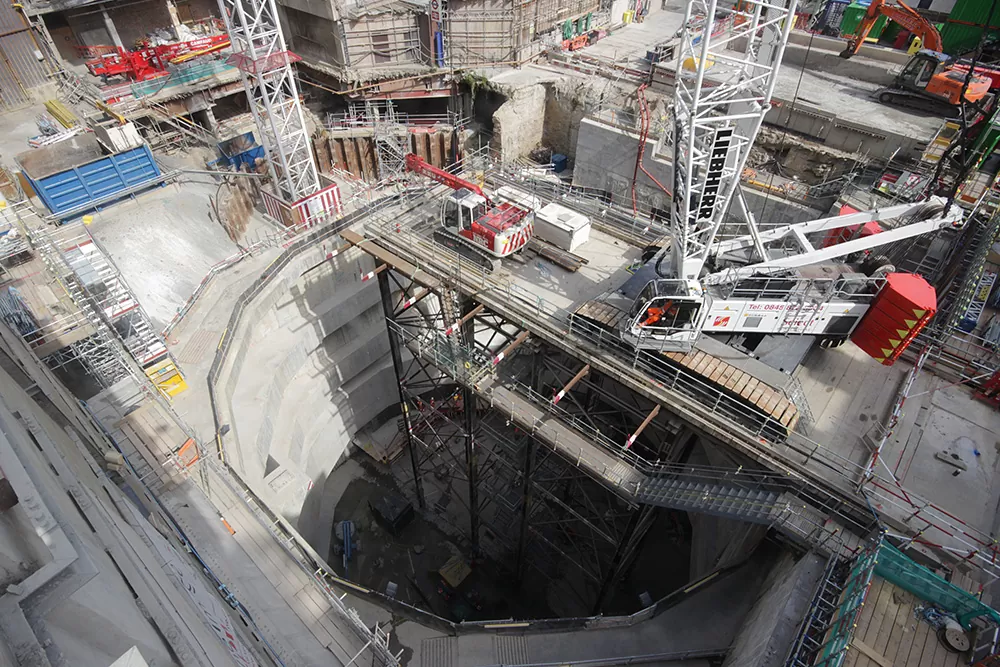
News Time-lapse in the city – adaptable to any situation
The country’s construction output is currently at a 17-month high.
Just look at London, or in fact any of the UK’s major cities (such as ‘Northern Powerhouse’ destinations Manchester, Leeds, Hull, Sheffield etc.) and new building developments dominate already busy skylines.
As such, city-based projects are now attracting more attention than ever – and are ideal subjects for time-lapse photography.
Big cities, big contractors, big projects
Beginning with a prime example, London is the world’s leading financial centre for international business and commerce. It is of no surprise, then, that the biggest contractors are continuously at work in the capital, capturing their major construction developments with time-lapse.
Nine Elms – incorporating sites in and adjacent to Vauxhall, and Battersea – is a large area of the capital that is currently undergoing a major regeneration scheme, lead by new build developments.
An area spanning 561 acres on the South Bank of the River Thames, the project has attracted billions of pounds from private sector investment, and promises to be a residential-business district of extraordinary size and scale.
High-profile contractors, such as the Berkeley Group, have been involved in Nine Elms since it began in 2011.
Time-lapse was fundamental in enabling the contractor to document their work on Riverlight – the first phase of the riverfront developments, including the demolition of warehouses, followed by the construction of five new residential towers.
With processes of such massive scale to capture, the company utilised multiple camera positions, including one from which to view the build from the other side of the Thames.

Above: finished Riverlight development at Nine Elms
Riverlight took six years to complete, meaning that it had to be accompanied by a camera system that could operate faultlessly for that duration.
A robust, waterproof and environment-controlled camera housing is essential to ensure that the functionality of the system is not compromised by precarious weather conditions. And remote management and the very best hardware is also needed to ensure the highest quality is consistently achieved.
Capture from above
Working within this kind of location – situated in the heart of the city – does present other challenges for time-lapse capture, particularly in terms of access and space on site.
With some projects, the conditions within city environments require time-lapse providers to think outside of the box in terms of installation methods.
Construction sites are crowded, busy environments and thus can be impractical and dangerous to navigate.
Such was the case at the Moorgate Station site, with excavation and construction works for Crossrail being undertaken by major firms Bam Nuttall, Bauer, and Kier.
Capturing construction developments from the ground is not desirable as it is impossible to gather an accurate visual record of activity on site, and also poses risks to both quality of the final video and healthy & safety.

Above: Moorgate Station Crossrail excavation works for new station entrance
Long-term capture from above was required to accurately monitor progress and achieve the best perspective of the access shaft.
Due to the site’s proximity to Hammersmith and City Line, as well as existing buildings at Moorgate Station, there was a lack of space for more ‘traditional’ access.
To secure a desired mounting point to install a camera system, a cage was suspended from a crane over the construction site.
To capture from a bird’s eye view requires safe and careful work in any situation, and so relevant, most up-to-date training and accreditations are needed to successfully complete a challenging job such as this.
Preserving heritage
Demolition is also an important phase of projects taking place in the city.
Although this involves raising buildings to the ground, there are sometimes elements on site that need to be preserved.
Buildings of historic value, like the four bottle-neck ovens at the Enson Works in Normacot, Stoke-on-Trent, required special measures to be taken to retain their structure.
Dating back to 1840s, the Grade II listed kilns still stand after the demolition works, and offer an ongoing and poignant reminder to the past of ‘The Staffordshire Potteries.’
But time-lapse capture is also a great way to keep the memory of such remarkable buildings alive and a professionally edited sequence giving fresh momentum to projects in this sector.
Shaking up marketing strategies
Inviting new and dynamic perspectives of contractors’ building methods, time-lapse has shaped how their work is mediated.
MEPC’s 10 Wellington Place was the first major office development to take place in the centre of Leeds for five years so this was an important venture for the city that needed to be marked.
Time-lapse edits can easily be incorporated into a company’s existing marketing initiatives and work well as an intermediary platform between clients and the public.
For flagship office builds like this one, an online viewing portal where images taken by a time-lapse camera system populate, offers public direct access to progress on site.
Time-lapse is incredibly adaptable to any situation and as this overview reiterates, there are plenty of benefits for its use in the city.